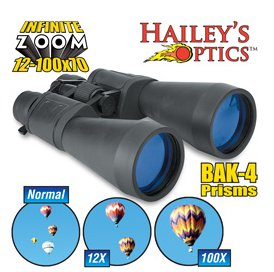Some Things that Bug Me
But wait! 58.5° to 59.4°F--both round off to 59-- would be 14.7° to 15.2°C, and 76.5° to 77.4°F would be 24.7° to 25.2°C. You don't suppose that the scientists who made the product wrote that it would store well at 15° to 25°C, nice round non-anxiety producing numbers? Let's see... Fifteen-point-zero degrees Celsius would be 59.0°F and 25.0°C would be 77.0°F. Someone probably not paid enough to think translated nice round approximate Celsius degrees into narrow precise Fahrenheit degrees!
Here's one that does it in reverse! A foot powder that says, very sensibly, "Store between 15° and 30°C." Nice, round numbers, that suggest they mean "about 15 degrees," etc. Then it adds, "(59° and 86°F)"! Now, 15°C is 58.1~59.7°F, and 30°C is 84.9~86.9°F even if we ignore the "about" implication; I really think it should be safe to store the powder between 60° and 85°F. Or how about the "at room temperature" many other products advise?
In the early 70s the federal government advised the public that we would be converting to the metric system. Almost immediately the highways in Indiana, where I was living at the time, sprouted new road signs, with information like this: "Indianapolis 20 Mi (32.187 Km)." Yeah, like "20 Mi" means 20.000 miles! I don't know whether that was stupidity, or a deliberate attempt to sabotage the conversion by showing people how awful the metric system is.
Recently Time came out with this gem on its "10 Questions" page (2010-04-26 p. 4). Diane Sawyer is quoted as saying, with regard to doing a story on West Virginia miners, "I am deeply moved by the choice to work three miles [4.8 km] inside a mine ..."
Didn't anyone notice how silly it would sound to say "How brave they are to work 4.8 kilometers inside a mine"? There is absolutely no need to add a metric conversion here at all; what it means is "... work three miles [a long way] inside ..." Anyway, they actually chose to work five kilometers inside the mine.

Here is one that I used to get in the mail a lot.
I'm not entirely sure what "Normal" is supposed to mean. The implication seems to be that this is what the balloons would look like unmagnified.
But then "12X" shows them twice that size, so maybe "Normal" means "six power"? But the lowest power of these binoculars is twelve power!
Then in the "100X" view the bottom balloon in the "12X" image is almost 2½ times larger. But 100X divided by 12X should make the balloon more than eight times larger--too big to fully fit in the little circle--not two-and-a half!
Weird binoculars?
Another ad that I have observed a couple of times says you can "See up to 35 miles with these high-powered binoculars." Do they imagine anyone would really spend $30 on binoculars you can't even see the moon with?